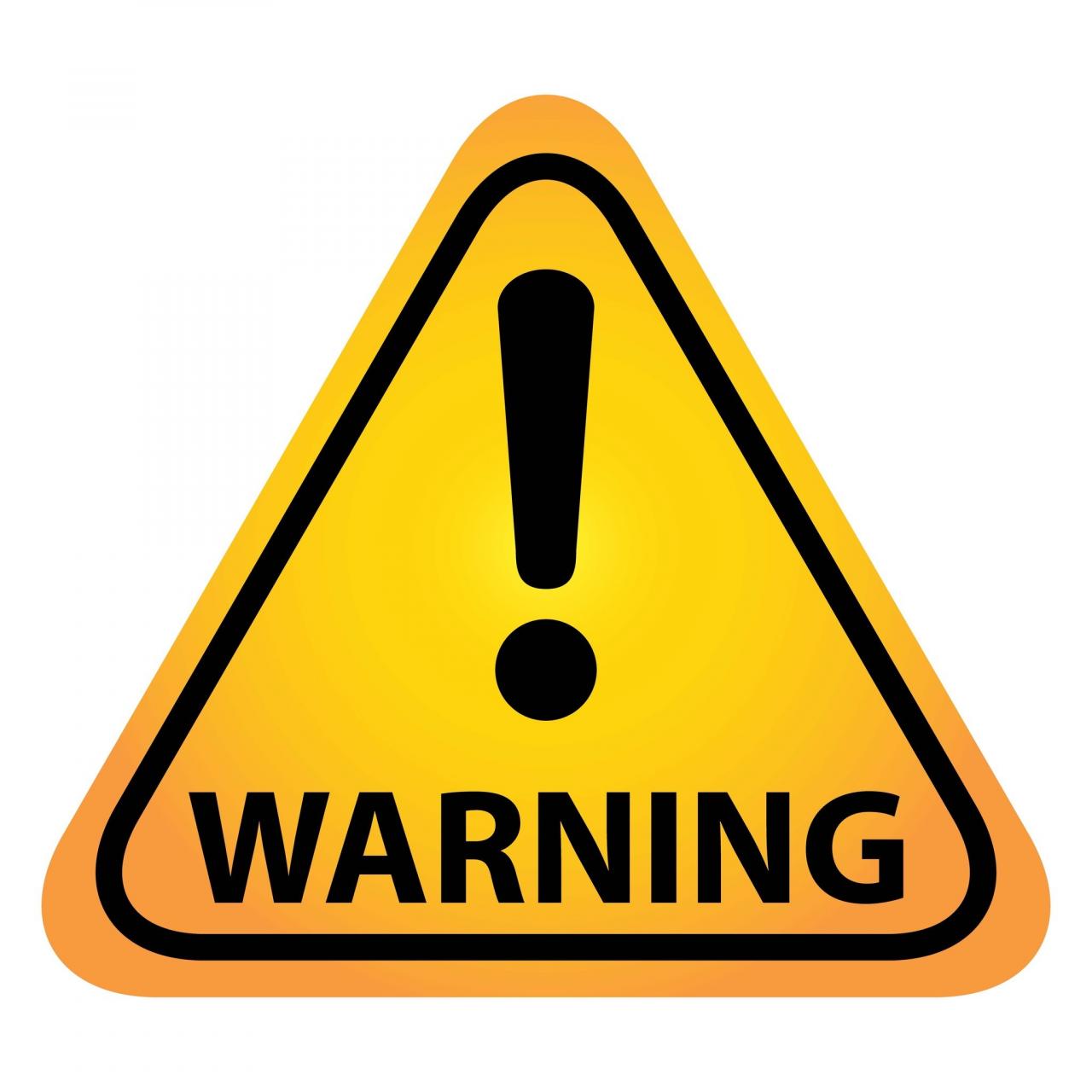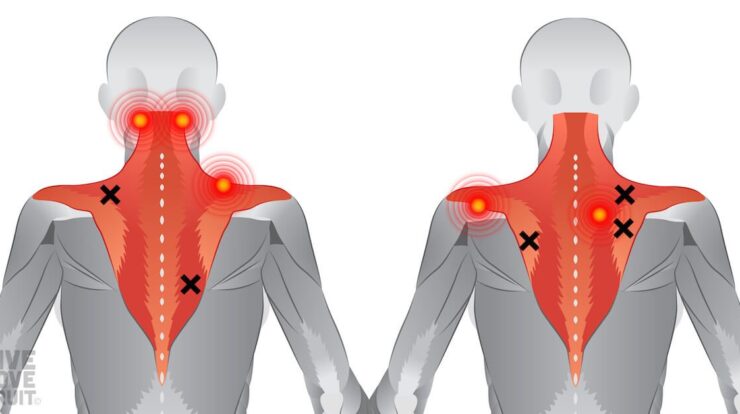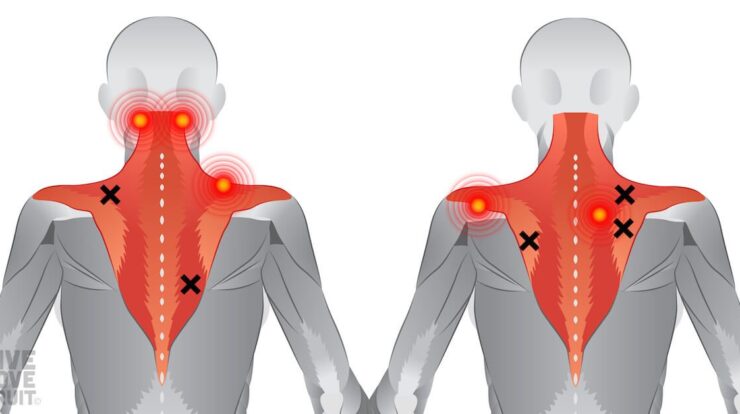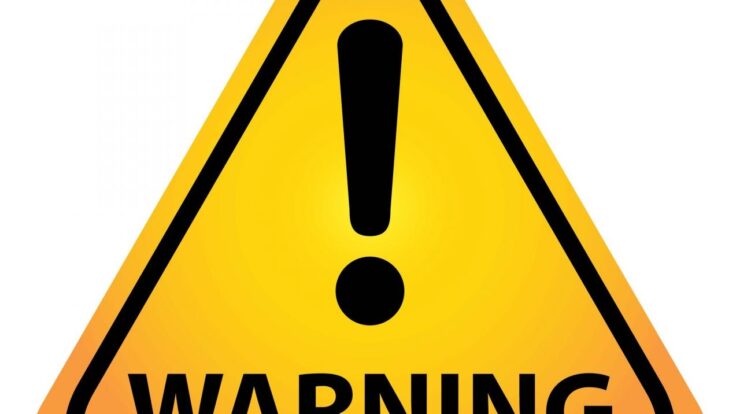
When it comes to weather alerts, the distinction between a watch and a warning can be crucial. Is watch or warning worse? This article delves into the differences, impacts, and communication strategies surrounding these alerts, providing a comprehensive understanding of their significance.
Understanding the severity levels and potential consequences of each alert is essential for effective preparedness and response. From psychological effects to economic implications, we explore the multifaceted nature of watches and warnings.
Definitions and Distinctions

Watches and warnings are terms used to communicate the severity of potential threats or hazards. Understanding the differences between these two terms is crucial for effective risk management and public safety.
Another royal celebration in the Netherlands is Kings Day , which pays tribute to King Willem-Alexander. This day is filled with parades, music, and street parties, showcasing the unity and pride of the Dutch people.
A watchis issued when there is a potential for a hazardous event to occur, but the timing and location are uncertain. It serves as a heads-up for individuals and communities to be aware of the potential danger and take necessary precautions.
In the Netherlands, the annual Kingsday celebration is a vibrant display of history, culture, and community. This national holiday, observed on April 27th, commemorates the birth of King Willem-Alexander and is marked by parades, music, and street parties. The festivities are a testament to the Netherlands’ rich cultural heritage and the enduring bond between the Dutch monarchy and its people.
A warning, on the other hand, is issued when a hazardous event is imminent or already occurring. It provides specific information about the location, timing, and potential severity of the threat, and urges immediate action to protect life and property.
In contrast to the celebratory nature of Kings Day, the recent Lincoln Nebraska Tornado was a devastating event that left a trail of destruction. The storm’s immense power caused widespread damage and loss, highlighting the importance of preparedness and safety measures in the face of such natural disasters.
Severity Levels, Is watch or warning worse
- Watch:Typically indicates a low to moderate level of threat, with the possibility of the event occurring within 48 hours.
- Warning:Indicates a high to extreme level of threat, with the event expected to occur within the next 24 hours or is already happening.
Examples
- Watch:A tropical storm watch is issued when conditions are favorable for the development of a tropical storm, but its formation and path are still uncertain.
- Warning:A tornado warning is issued when a tornado has been sighted or indicated by radar, and it poses an immediate threat to life and property.
Final Thoughts: Is Watch Or Warning Worse
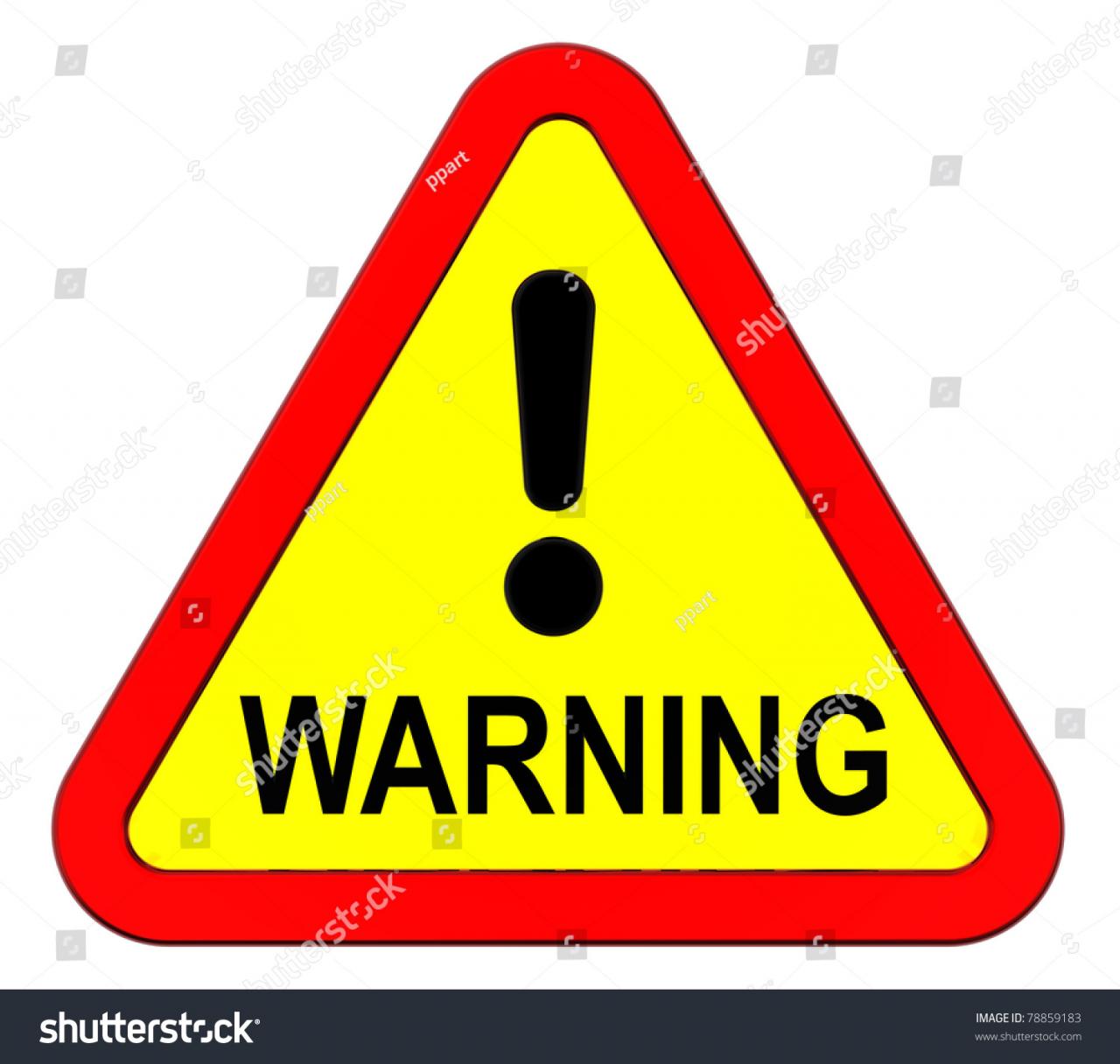
Ultimately, the effectiveness of watches and warnings lies in their ability to mitigate risks and protect communities. By analyzing historical examples, comparing international perspectives, and identifying areas for improvement, we can strive to enhance the accuracy, dissemination, and response to these critical alerts.
FAQ
What is the difference between a watch and a warning?
A watch indicates the potential for a hazardous event, while a warning signifies that the event is imminent or occurring.
What are the potential impacts of a watch or warning?
Watches and warnings can trigger psychological stress, economic disruptions, and infrastructure damage.
Similarly, the Elkhorn Nebraska Tornado was a destructive force that ravaged the community. Understanding the history of such events, along with implementing effective safety protocols, is crucial for minimizing the impact of future tornadoes and promoting community resilience.
How are watches and warnings communicated?
Watches and warnings are disseminated through various channels, including media, mobile apps, and social media.
